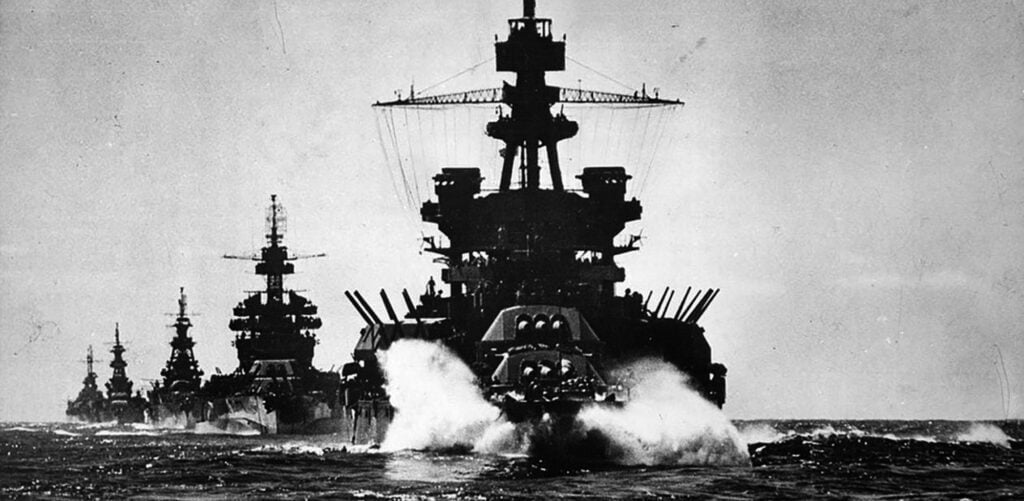Battleships were floating fortresses commonly used in Wars. They were the symbol of naval supremacy in the past. Unfortunately, military branches of several countries no longer use them. But what happened to these massive ships?
Navies around the world discontinued the use of traditional battleships. The majority were retired after World War II, although the United States kept four in service into the 1990s.
History of the Battleship
The battleship is defined as heavily armored and armed with powerful guns. But the ship’s origin started around the mid-nineteenth century. Battleships were the offshoot of the galley ships, as they were built to carry heavier loads. They were initially known as the galleon, replacing the galley altogether.
With the advancement of technology, gunpowder cannons were added to the galleon ships. And since the vessel could carry more cannons, the number of sailors significantly reduced as there was no more need for sailors to board enemy vessels. The result was a lighter and more maneuverable ship, known as ship-in-line vessels, as their formation was a straight line during battles.
These ships were then replaced by steam-powered ships. The French Navy launched Le Napoleon, the first purpose-built battleship, in 1850. The French launched La Gloire in 1859, propelling naval warfare further as the ship was the first sea-going ironclad ship. Warship technology advanced rapidly from 1865 to 1906, and in 1876, the French launched Redoutable. This ship was the first steel ship loaded with a central battery of armament.
In the early 1900s, the naval forces realized that the biggest guns win. This era in battleship history was soon known as the Dreadnought era, after the UK’s launch of HMS Dreadnought, an all-big gunship powered by steam turbines. It was the first all-big gunship to use this technology.
By the time of World Wars I and II, significant advances to technology, and weapons, were noticed in the battleships. (Source: New World Encyclopedia)
The End of Battleships
By the end of World War II, battleships had begun their decline as the primary naval ship used for battle. Aircraft carriers replaced them. As warfare has evolved wherein long distance attacks were preferred, the battleships’ weapons could not match the range of an aircraft attack launched from a carrier ship.
As technological advances favor smart weapons, the dumb weapons armed in battleships are no longer as effective as before. Smart weapons can be launched and controlled to achieve greater distances and usually paired with radar and then GPS.
Battleships were now used to provide support to ground forces, as their heavy artillery could clear nearby shores before deployment of armed forces.
Soon, naval forces worldwide decommissioned and salvaged their battleships in favor of their newer aircraft carriers. The last to decommission their remaining battleships was the US, doing so in 1992.
Though still the most powerful type of ship built, battleships cost much to maintain and use compared to their newer and more advanced siblings. Accuracy is also now deemed necessary in warfare, and these ships’ guns are significantly less accurate. (Source: Pop Sci)
